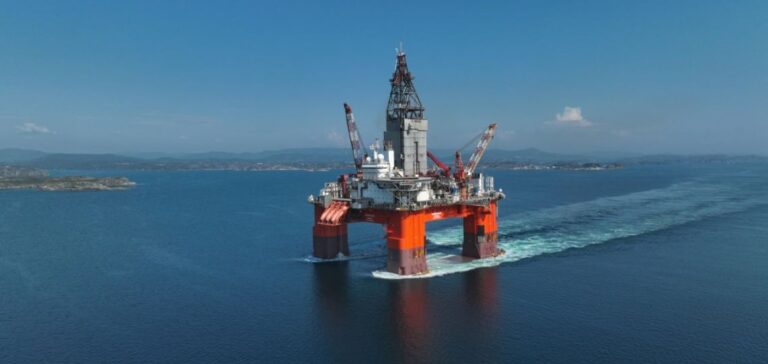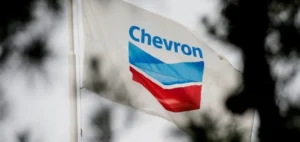The offshore oil sector in Namibia continues to attract attention with the latest developments from Africa Oil Corp. and Impact Oil & Gas. The company announced the completion of testing at the Tamboti-1X well and the start of drilling for Marula-1X in Block 2913B (PEL 56). These activities are part of a development strategy aimed at assessing the potential of identified reservoirs in the region.
Tamboti-1X: Potential Under Evaluation
The drilling of Tamboti-1X identified oil within an 85-meter net reservoir. However, initial analyses indicate that these Upper Cretaceous sandstones, associated with the Mangetti system, are of lower quality. The operator has conducted a drill stem test (DST) program to clarify the reservoir’s characteristics. The acquired data, including cores and log readings, are currently being analyzed to determine the commercial potential of the well.
Marula-1X: A New Bet on Block 2913B
On February 3, 2025, the Deepsea Mira rig began drilling the Marula-1X well, located in the southern part of Block 2913B. This operation targets Albian sandstone reservoirs within the Marula complex, an area near the prolific Kudu source rock. If results prove positive, this discovery could pave the way for further exploration opportunities within the block.
Additionally, the consortium operating in Block 2913B plans to drill the Olympe-1X prospect by the end of 2025. This campaign aims to test Albian sands within a structural closure, adding another dimension to the production outlook in the region.
The Venus Project in Development Phase
Alongside exploration drilling, partners in Block 2913B continue to advance development studies for the Venus Field, discovered in 2022. Since then, three additional wells have confirmed the presence of hydrocarbons, and four drill stem tests have been successfully conducted. According to projections, the first phase of Venus field production could begin in 2026, with an estimated capacity of 150,000 barrels per day of light crude (~45° API).
Africa Oil holds an indirect interest in these blocks through its 39.5% stake in Impact Oil & Gas, which owns a 9.5% interest in Blocks 2912 and 2913B. Impact’s development and exploration costs on these blocks are currently covered by TotalEnergies until Venus achieves commercial production.






















